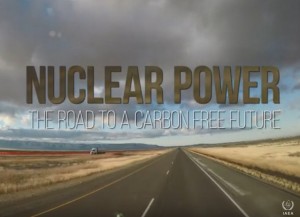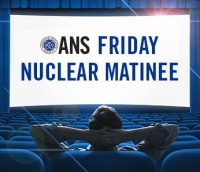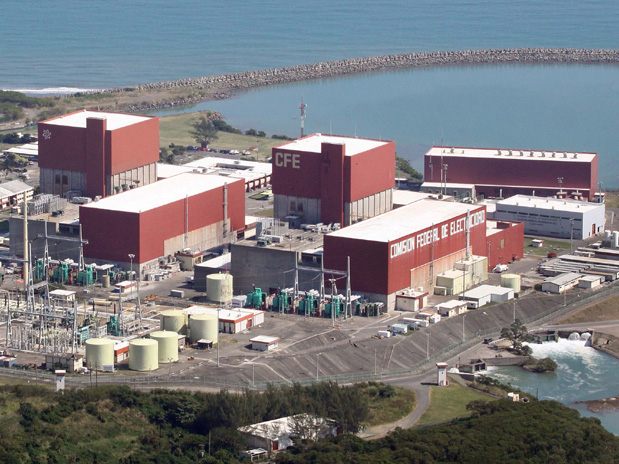As we start 2020 I find myself thinking about the slew of articles and posts that I'm seeing about SMR's - that is to say, Small Modular Reactors. Many are written by knowledgeable people, many not so much - but in some places I've started to see some references to the pollution caused by heavy ocean shipping and whether or not we could use SMR's to stop that by converting ships to nuclear power. Well, let's not rush into this - after all, all of the "consideration" phase was done once before and there was in fact ocean-going hardware. So, keeping in mind that it's the holiday season, I'd like to just offer up a quick look at what was considered and what was surprisingly found out to be true in regards to nuclear cargo or passenger ships in the 1950's and 1960's. I hope this is new for many of you!
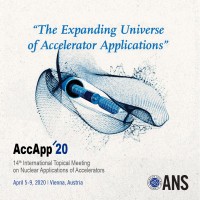 The 14th International Topical Meeting on Nuclear Applications of Accelerators (AccApp'20) is being organized by the Accelerator Applications Division (AAD) of the American Nuclear Society in cooperation with the International Atomic Energy Agency. AccApp '20 will be held April 5-9 at IAEA headquarters in Vienna.
The 14th International Topical Meeting on Nuclear Applications of Accelerators (AccApp'20) is being organized by the Accelerator Applications Division (AAD) of the American Nuclear Society in cooperation with the International Atomic Energy Agency. AccApp '20 will be held April 5-9 at IAEA headquarters in Vienna.
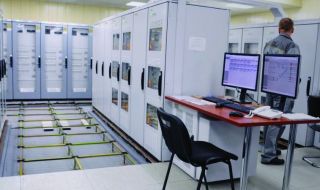
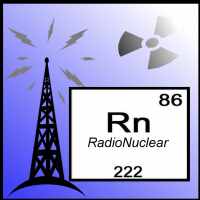 Thank you for joining us for
Thank you for joining us for 